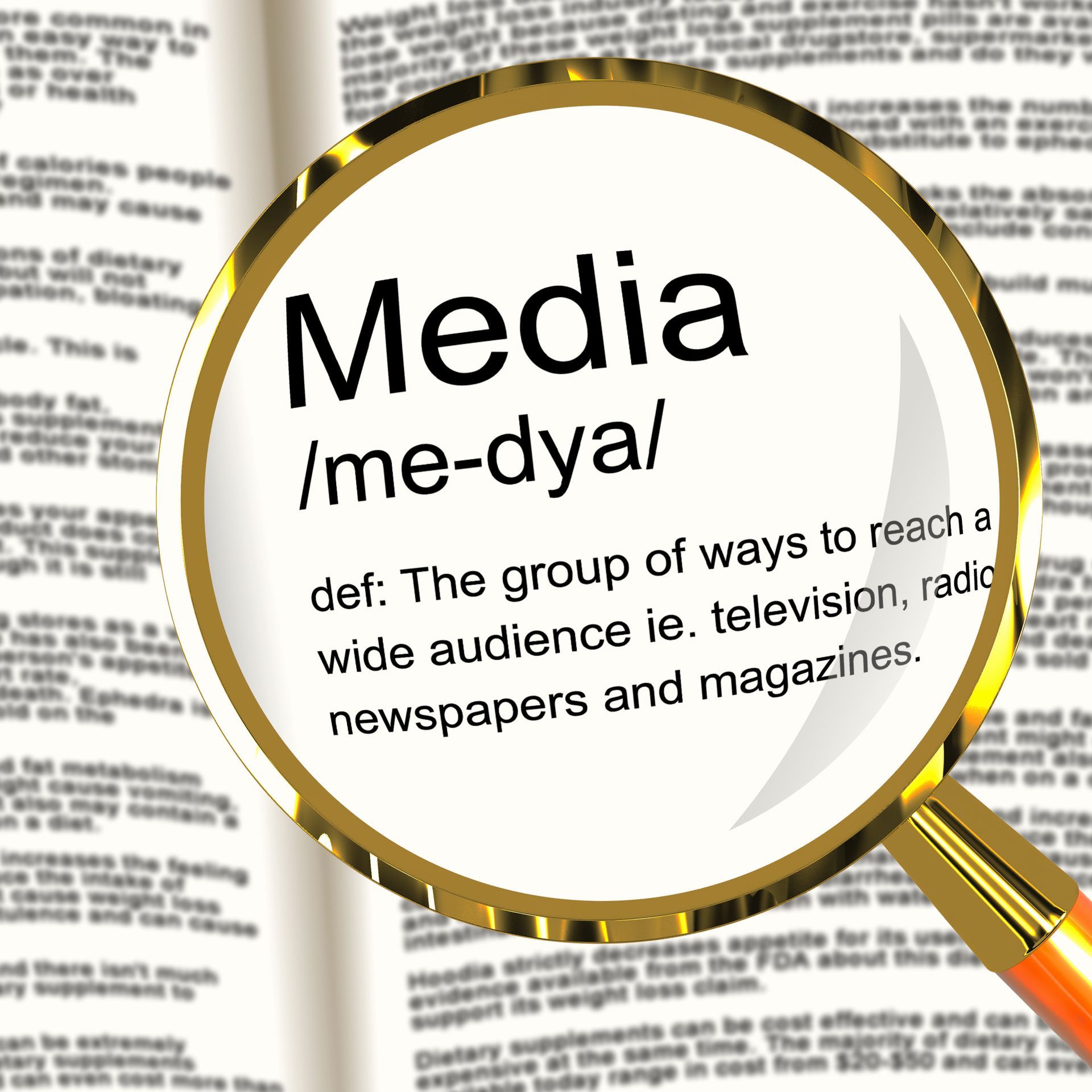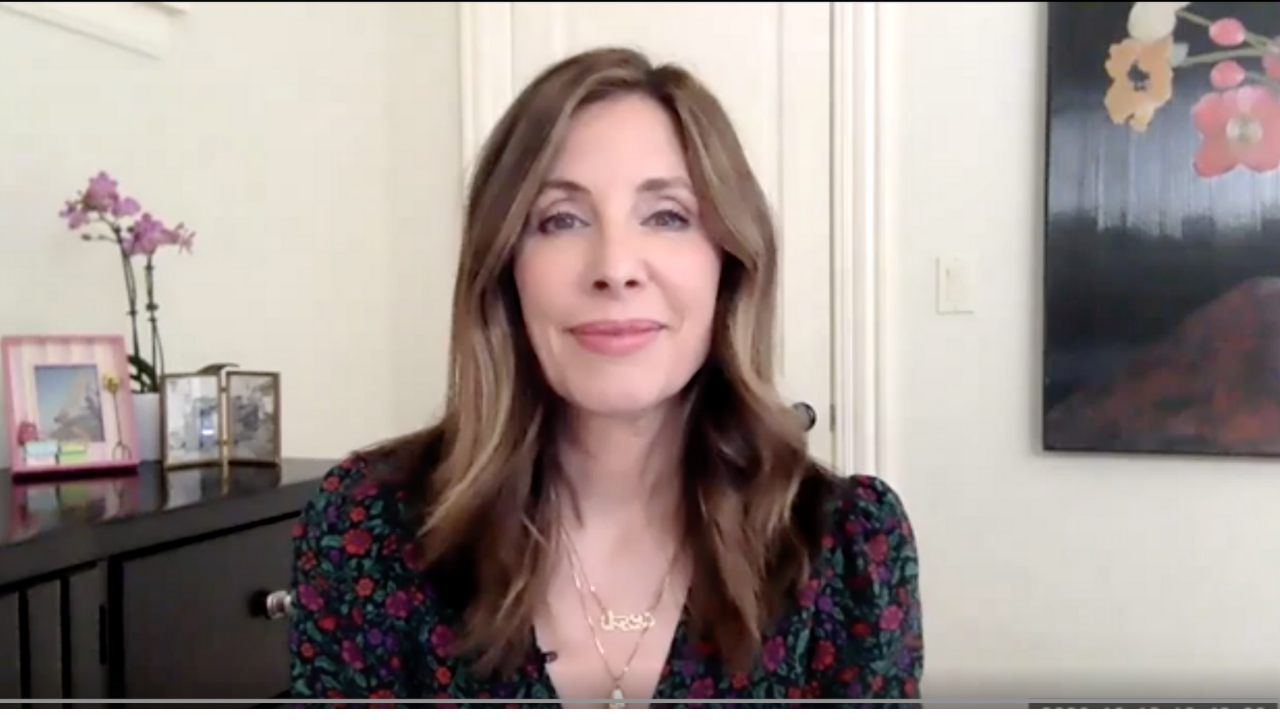Five New Tips for Presentation Prowess
If you’ve sat through your fair share of PowerPoint presentations, you know how torturous they can be. While some presenters’ delivery styles are more sleep inducing than melatonin, others overwhelm and confuse their audience by cramming too much content onto their slides and then ignoring half of it.
What a colossal waste of time for both parties.
Here are five new suggestions for effective, impactful presentations.
1. Give them what they want.
Want a better chance of getting buy-in from your audience? Instead of concentrating on what you want to say, try crafting a presentation focused on what your audience wants or needs to know. How often have you heard a presenter say, “What I’d like to talk about today is .…” It’s language that tells the audience the presentation is more about the presenter than them. People come to your presentation for a reason. They have questions about your ideas and endeavors. Why not take those questions into consideration as you craft your content. Begin your presentation by telling your audience what you believe will be most helpful for them- and you’ll find there’s a benefit to you as well.
Instead of worrying about messing up or any other host of things you imagine can go wrong, you’re now focused on how you can be of service to your audience. You’re changing your internal monologue- shifting your focus from you to them. Doing so is also a highly effective, but little discussed approach to calming the anxiety most presenters feel. According to creditdonkey.com , an estimated 75% of the U.S. population struggles with a fear of public speaking to a certain degree. That’s about 238 million people who admit to getting the jitters. Just imagine how much higher that number would be if it included those who don’t cop to the anxiety.
2. Clean up those slides
The rule of thumb for text slides is no more than six bullet points to a slide and no more than six words to a bullet point. Some consultants will suggest a 5x5 or 7x7 rule. It’s all good.
Look at older presentations. Is there one slide that could have been divided into two or more slides? Cleaner slides don’t just look better, they’re easier for you to present, easier for your audience to digest and they allow for larger font size. I’ve seen way too many slides that look more like a handout or bottom of an eye chart. The standard is 28 to 32 point text with headlines at 36 to 44 points. I often go even bigger. Also, think visually. Rather than myriad bullet points, is there a visual that could better represent your idea and have more impact? Dr. John J. Medina, a developmental molecular biologist, says people are likely to remember only 10 Percent of what you say days after the presentation. If the information is paired with a relevant image, retention rises to about 65 percent, days after the presentation.
3. Stop saying, “As you can see”
Unless your audience knows your visual as well as you do, avoid this language. In most cases the “as you can see” statement usually accompanies a graph or pie chart that needs, but doesn’t receive a thorough explanation. The presenter just throws a visual up onto the screen, delivers a main point and then moves to the next slide- all while the audience is still trying to figure out what they just saw.
Stanford communications coach, Matt Abrahams, suggests you think of yourself as a tour guide. What’s your imperative? To make sure no one gets lost! Once they’re gone, they’re not coming back. By providing an overview and explanation of the visual you have a better chance of keeping an audience focused and engaged.
When the graphic goes up, tell your audience what they’re looking at so they can orient themselves. Then describe the parameters. If it’s a bar graph, tell them they’re looking at a bar graph and what it represents. Tell them what the horizontal and vertical axis represent. Is there a datapoint you’d like to highlight? Perhaps there’s a cautionary tale about revenues in Q3. Cover you bases. Too much brevity can create confusion.
4. Don’t forget the stories
“A fact is like a sack- it won’t stand up if it’s empty. To make it stand up, first you have to put in it all the reasons and feelings that caused it in the first place.”
Luigi Pirandello,
Novelist
I love this quote because it beautifully illustrates the power of story over facts and data. Facts inform, they have their place, but they aren’t as effective as story in making information memorable. Stories, when delivered effectively, create a visceral connection with an audience. They activate emotions, creating a connection that sets the stage for influence.
In her groundbreaking book, The Story Factory , Annette Simmons offers practical advice on how to create stories that can be used to persuade, motivate and inspire. So why don’t more presenters incorporate stories into their presentations? Probably because most people struggle to come up with compelling stories that reinforce their messages.
Your stories don’t need to be epic. Dig deep, think of a single person who’s life or career was improved because of your product, service or mission. Perhaps you have an anecdote about someone else’s experience. If the story reinforces your message, you’re likely on the right track. Just keep your stories short.
5. Make sure what you say and how you say it are in sync.
Our bodies have their own language and sometimes what they communicate doesn’t align with our words. In his book, Never Split the Difference, former FBI hostage negotiator Chris Voss says incongruence between a person’s words and their non-verbal cues, like vocal tone and body language, are sure fire ways to tell if someone is lying or uncomfortable.
A while back, I attended a business breakfast in which the moderator stood before the room and stated how excited she was to be there. I didn’t believe her, and I doubt anyone else did either. Her dead-pan facial expression and minimal gestures didn’t convey excitement. In fact, she looked as if she would have rather been watching paint dry than standing in front of that room. If an audience has to choose between what we say and how we say it, our non-verbal cues win every time.
Communications studies even suggest, that in certain circumstances, your appearance and delivery have more impact than the words you choose. Ray Birdwhistell (1918-1994) an American anthropologist and body language expert estimated that no more than 30 to 35 percent of the social meaning of a conversation or interaction is carried by our words. Think of the implications for a presentation or speech. While not a one-on-one conversation, they're still a conversation. If the goal is to connect with an audience, strong vocals and body language remain a non-negotiable. Land the eye contact, don’t forget to gesture, vary the tone and pace of your words … yada, yada, yada. The upshot: Look like you want to be there and your audience will likely do the same.






